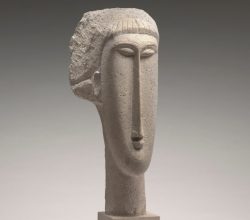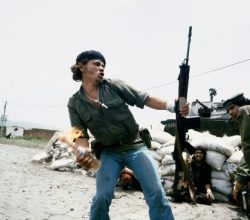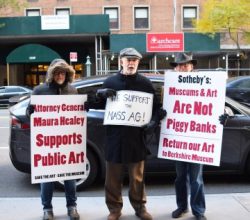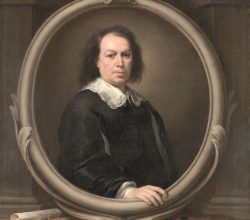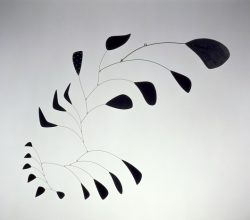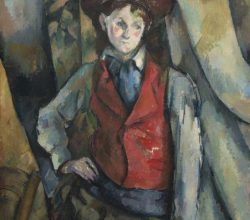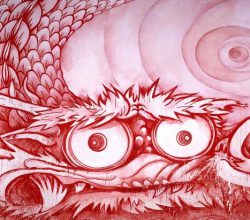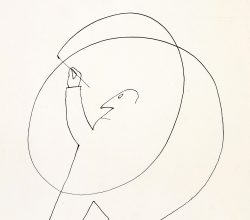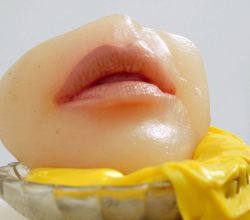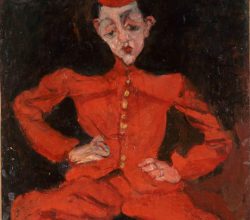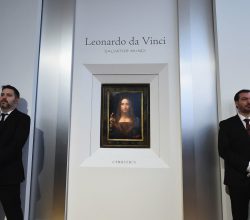
Why Would Anyone Pay $450 Million for the ‘Salvator Mundi’? Because They’re Not Buying the Painting
Tim Schneider | artnet news | 17th November 2017
Before reading the story, watch this video clip of the auction (7 min). It really is something! One expert hailed the sale as vindication of the Old Masters market. True, but surely it’s a bigger deal than that. “It’s like taking your dog out for its regular morning walk only for it to be snatched off the street by a pterodactyl. This was not just an acquisition. This was arguably the greatest socioeconomic flex the arts have ever seen”.


